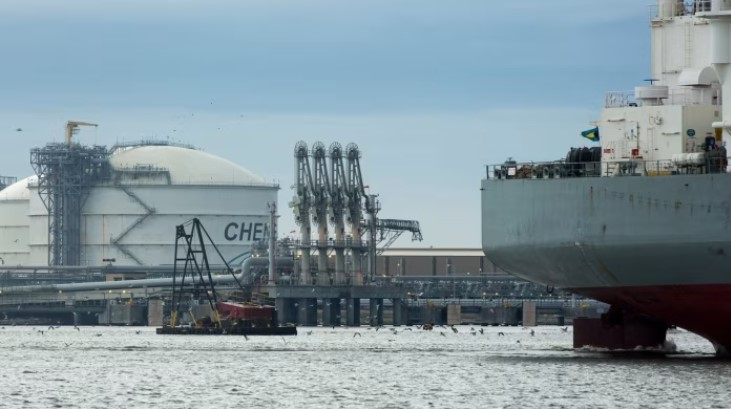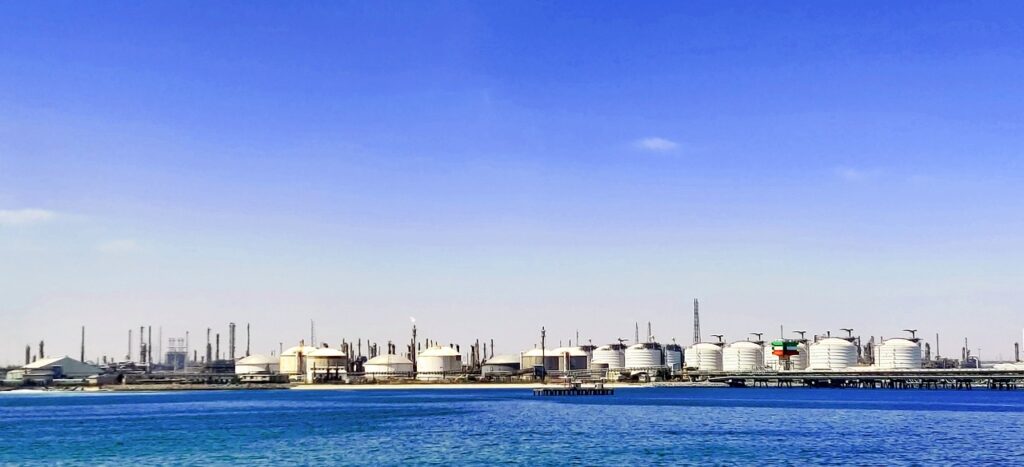News Summary:
- Trump warns EU to import more US oil and gas or face trade tariffs, raising concerns of a potential trade conflict.
- EU heavily relies on US LNG, with 48% of its imports in 2024, as EU leaders seek to replace Russian energy supplies.
- Trump’s energy push faces challenges with rising US prices, environmental concerns, and potential trade retaliation.
US President-elect Donald Trump has issued a stark warning to the European Union: increase imports of American oil and gas or face trade tariffs on exports to the United States. This announcement, Trump’s first major statement on trade since his November election victory, has reignited fears of a trade conflict with the EU.
“I told the European Union that they must make up their tremendous deficit with the United States by the large-scale purchase of our oil and gas. Otherwise, it is TARIFFS all the way!!!” Trump declared on his social media platform, Truth Social.
EU’s Reliance on US Energy Imports
The US has become the world’s top producer of oil and a dominant exporter of liquefied natural gas (LNG). Since Russia’s invasion of Ukraine in 2022 disrupted pipeline supplies, Europe has relied heavily on US LNG to meet its energy needs.
European Commission President Ursula von der Leyen recently supported increasing US energy imports. “We still get a significant amount of LNG from Russia. Replacing it with American LNG, which is cheaper and reduces energy costs, makes sense,” she said.
In the first half of the year, the US supplied 48% of the EU’s LNG imports, while Russia accounted for just 16%. US oil also made up 15% of the bloc’s imports during the three months to September, according to Eurostat.
Environmental and Economic Tensions

Trump’s push for increased LNG exports faces challenges. A recent study commissioned by the Biden administration warned that expanding LNG capacity could raise domestic gas prices by as much as 30%. It also highlighted significant environmental concerns due to the high carbon emissions associated with LNG production.
These findings may complicate Trump’s pledge to boost LNG exports quickly. However, experts believe his demand aligns with the EU’s energy strategy to reduce its dependence on Russian gas.
David Oxley, chief climate and commodities economist at Capital Economics, said, “Trump’s push for more US oil and gas exports aligns with the EU’s goals. Moving away from Russian energy sources makes American LNG a natural fit.”
Escalating Trade Tactics and Economic Risks
Trump’s threat of tariffs echoes his previous trade policies. During his last presidency, he imposed tariffs on steel imports and threatened EU goods. The tensions eased only after the EU agreed to purchase billions of dollars in American exports, including natural gas.
Recently, Trump announced plans to impose tariffs on imports from Canada, Mexico, and China unless they meet his demands. These include a universal tariff of 10%-20% on all imports and a 60% tariff on goods from China. Economists estimate that such measures could cost US consumers up to $2,400 annually.
While Trump’s trade policies aim to bolster US industries, they risk retaliation from trading partners. In 2018, the EU threatened to target American exports like Harley-Davidson motorcycles and Levi’s jeans in response to Trump’s steel tariffs. Whether the latest warnings will lead to negotiations or escalate into broader conflicts remains uncertain.
This structure highlights the key issues while improving clarity and flow. Let me know if you’d like further refinements!


